baptism and
temptation of christ

crucifixion

feast at the house
of simon two

feast in the house
of levi

feast in the house
of simon

jesus among the
doctors

last supper

supper
in emmaus
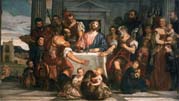
susanna and
the elders

the adoration
of the virgin

the annunciation

the
marriage at cana

portrait of doge
sebastiano venier

vulcan
and venus

youth between
virtue and vice
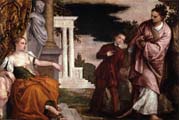
adoration
of the magi

adoration
of the magi two

adoration
of the magi three

adoration
of the shepherds

adoration of
the shepherds two
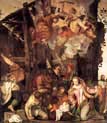
adoration of
the shepherds three

aged oriental with
a young woman

allegory of love one
infidelity

allegory of love two
scorn
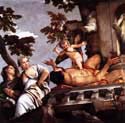
allegory of love
three respect

allegory of love four
happy union

allegory of wisdom
and strength

annunciation
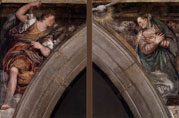
annunciation two
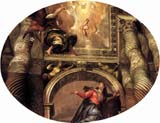
annunciation three

apotheosis
of venice

aristotele

assumption

assumption two

assumption
of the virgin

bacchus and ceres
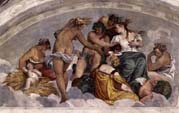
bacchus vertumnus
and saturn
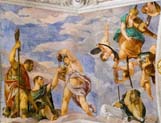
baptism of christ

battle
of lepanto

chance crowning
a sleeping man

conversion of mary
magdalene
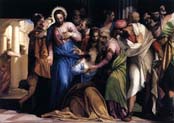
conversion of saint
pantaleon

coronation of the
virgin
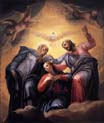
crucifixion two
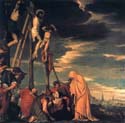
crucifixion three

dead christ supported
by two angels

deposition
of christ

enthroned madonna
and child

esther crowned by
ahasuerus
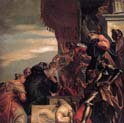
fate crowning a
sleeping man
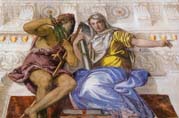
feast at the house
of simon

figures behind
the parapet

francesco barbaro
leaning out of a door

girl
in the doorway

healing of the
lame man

holy family with
saint catherine

holy family with
saints

honor et virtus post
mortem floret

honour

hyman juno
and venus
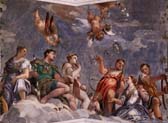
illusory door

juno showering gifts
on venetia

jupiter hurling
thunderbolts

lamentation over
the dead christ

landscape with villa
and carriages

landscape
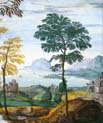
lucretia
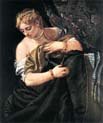
madonna enthroned
with child saint john

marriage at cana

mars and neptune

mars and venus
united by love

mars undressing
venus
